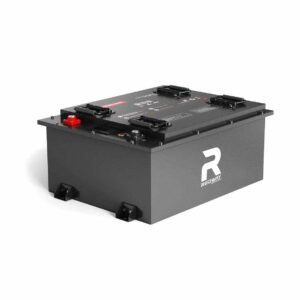How Many Cell Sites Are There Worldwide in 2025?
As of 2025, there are approximately 7-8 million cell sites globally, enabling wireless communication for over 8 billion mobile users. The number varies by region, with Asia leading due to high population density, followed by North America and Europe. Rapid 5G deployment and rural connectivity initiatives continue to drive growth, though precise tracking remains challenging due to inconsistent reporting standards.
What Factors Influence Cell Site Density Across Countries?

Key determinants include:
1. Population density (e.g., India’s 24.6 users per site vs. Canada’s 236)
2. Spectrum availability (low-band vs. mmWave requirements)
3. Terrain complexity (mountainous vs. flat regions)
4. Regulatory policies (tower-sharing mandates)
5. Economic investment (private vs. state-funded networks)
6. Technology mix (4G vs. 5G infrastructure needs)
Regional variations demonstrate these factors in action. In mountainous countries like Nepal, cell site density increases by 60% compared to flat terrains due to signal obstruction. Conversely, nations with strong tower-sharing policies like Malaysia reduce site duplication by 45%. The table below illustrates how different countries optimize site deployment:
| Country | Key Density Factor | Sites per 1k People |
|---|---|---|
| Japan | Urban population density | 0.32 |
| Brazil | Spectrum allocation | 0.18 |
| Norway | Terrain challenges | 0.41 |
How Do Urban vs Rural Cell Site Strategies Differ?
Urban areas utilize:
– Small cell clusters (300-500m spacing)
– Rooftop macro sites
– Street furniture integration (lamppost sites)
Rural regions employ:
– High-power macro towers (30-50km coverage)
– Satellite backhaul solutions
– Low-frequency spectrum (600-900 MHz)
– Community-shared infrastructure models
Operators balance these approaches, with Verizon spending 68% of CAPEX on urban densification versus Airtel allocating 55% to rural expansion in India.
Recent technological advancements are blurring these distinctions. Hybrid power systems combining solar and grid electricity now support 23% of rural sites globally, up from 12% in 2020. Urban deployments increasingly use AI-driven micro-siting tools that optimize antenna placement within centimeter-level accuracy, reducing required sites by 18% while maintaining coverage.
“The cell site count debate misses the larger story – we’re transitioning from hardware-centric towers to software-defined networks. With cloud-RAN and AI coordination, future ‘sites’ might be virtual clusters spanning multiple locations. The physical infrastructure will keep growing, but the intelligence layer is where the real capacity gains happen,” notes a telecommunications architect with 22 years’ industry experience.
Conclusion
While estimates suggest 7-8 million cell sites worldwide, exact counts remain elusive due to technological and reporting variables. The infrastructure landscape is evolving rapidly, with 5G and rural connectivity demands driving both macro-site growth and small-cell proliferation. As networks grow smarter and more decentralized, traditional metrics for measuring cellular infrastructure may require fundamental redefinition by 2030.
FAQs
- Q: How many cell sites does Verizon operate?
- A: Verizon manages ~160,000 macro/micro sites in the U.S., supplemented by 500,000+ small cells.
- Q: What’s the difference between a cell tower and cell site?
- A: A tower is physical infrastructure; a site includes all equipment (antennas, base stations, power) enabling coverage.
- Q: How many sites are needed for nationwide 5G?
- A: South Korea required 220,000 sites for 93% 5G coverage vs. 85,000 4G sites, illustrating 5G’s density demands.
